What
"Moulds in Soil!" investigates the potential symbiotic relationship of human production and forest's ecology. It introduces a production technique that grows mycelium in living forest soil, specifically in one of the oldest untouched soils of the Netherlands Haagse Bos, contrasting with current sterile, artificial environments used by the industry.
Why
In response to the increasing recognition of the limitations of current industrial practices, which often prioritize efficiency and profit over environmental sustainability. By focusing on mycelium, which plays a crucial role in nutrient cycling and organic matter decomposition in forest ecosystems, the project seeks to go beyond the concept of circularity. It aims to achieve a positive environmental impact by fostering a balanced give and take between the production processes and the natural ecosystem of the Haagse Bos.
How
This project uses a technique where mycelium is cultivated directly in the soil of a forest, promoting a symbiotic relationship between the production process and the natural ecosystem. This method aligns production with ecological health, creating materials in a way that supports forest ecosystems rather than isolating production from nature. By doing so, it challenges and redefines traditional industrial practices, promoting a new model of production that aligns with ecological sustainability and supports broader environmental goals.
Hurford, Clive, Phil Wilson, and Jonathan Storkey. "The Changing Status of Arable Habitats in Europe."
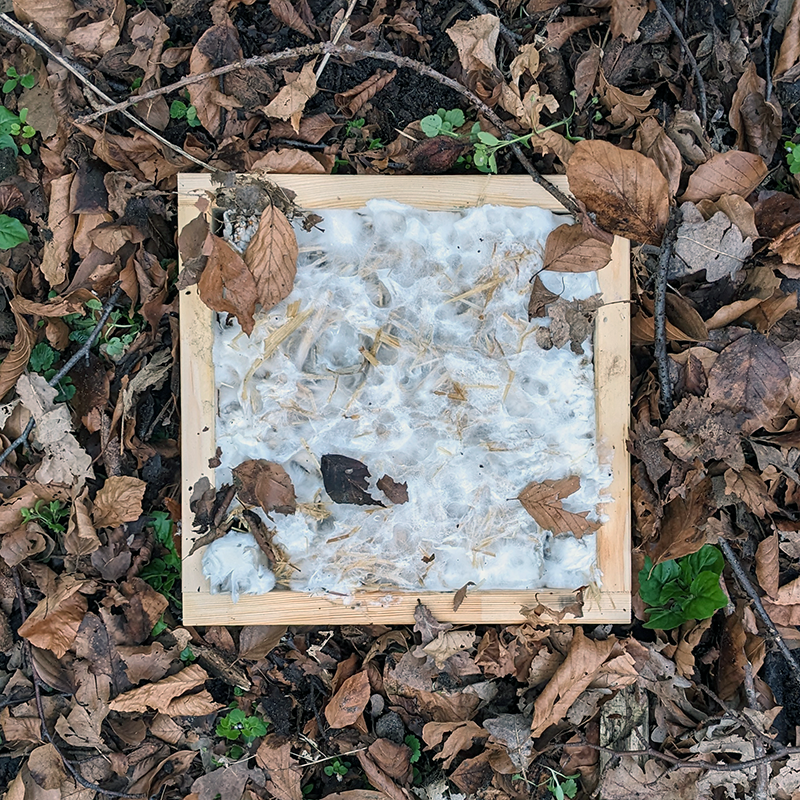





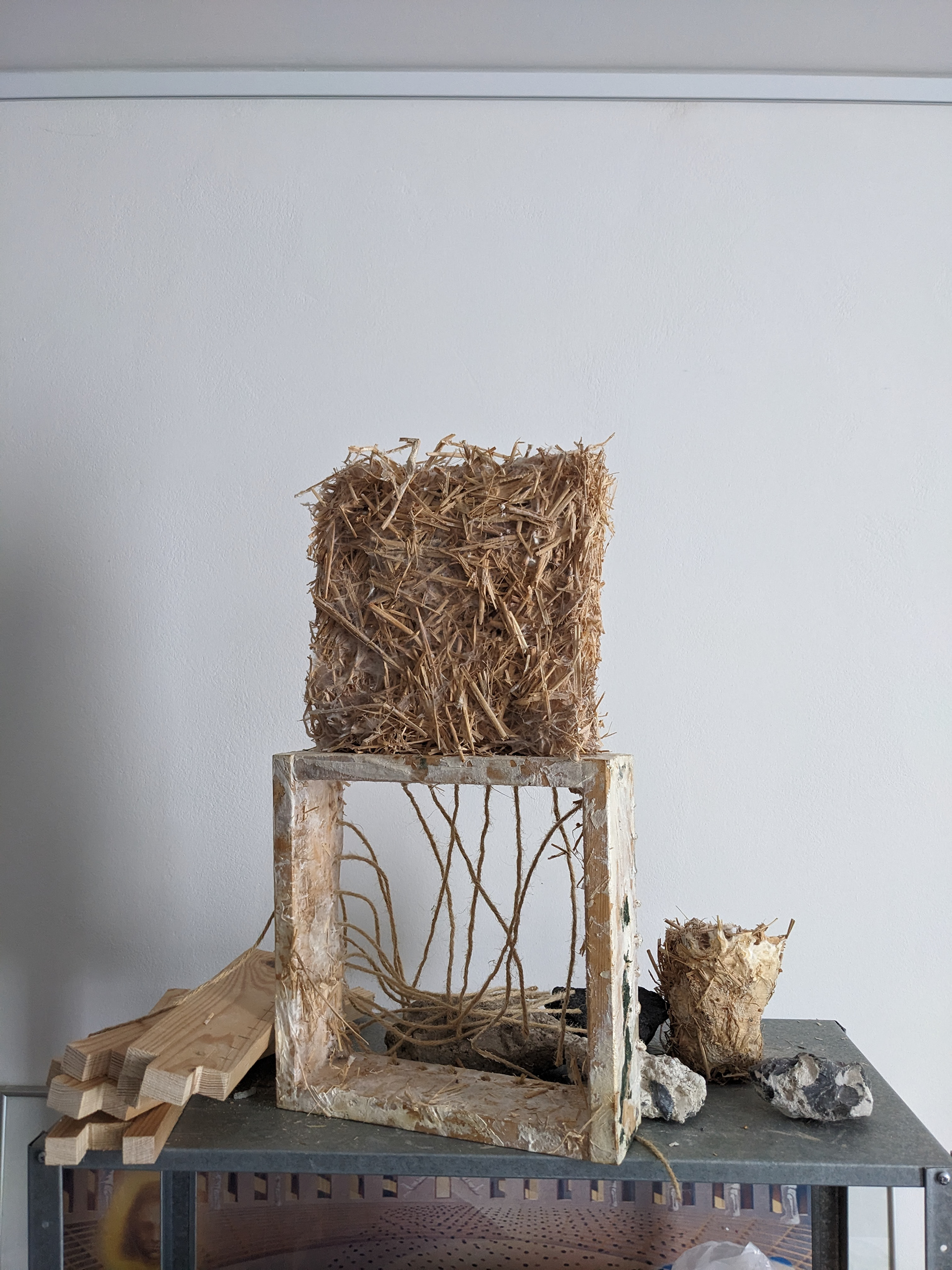
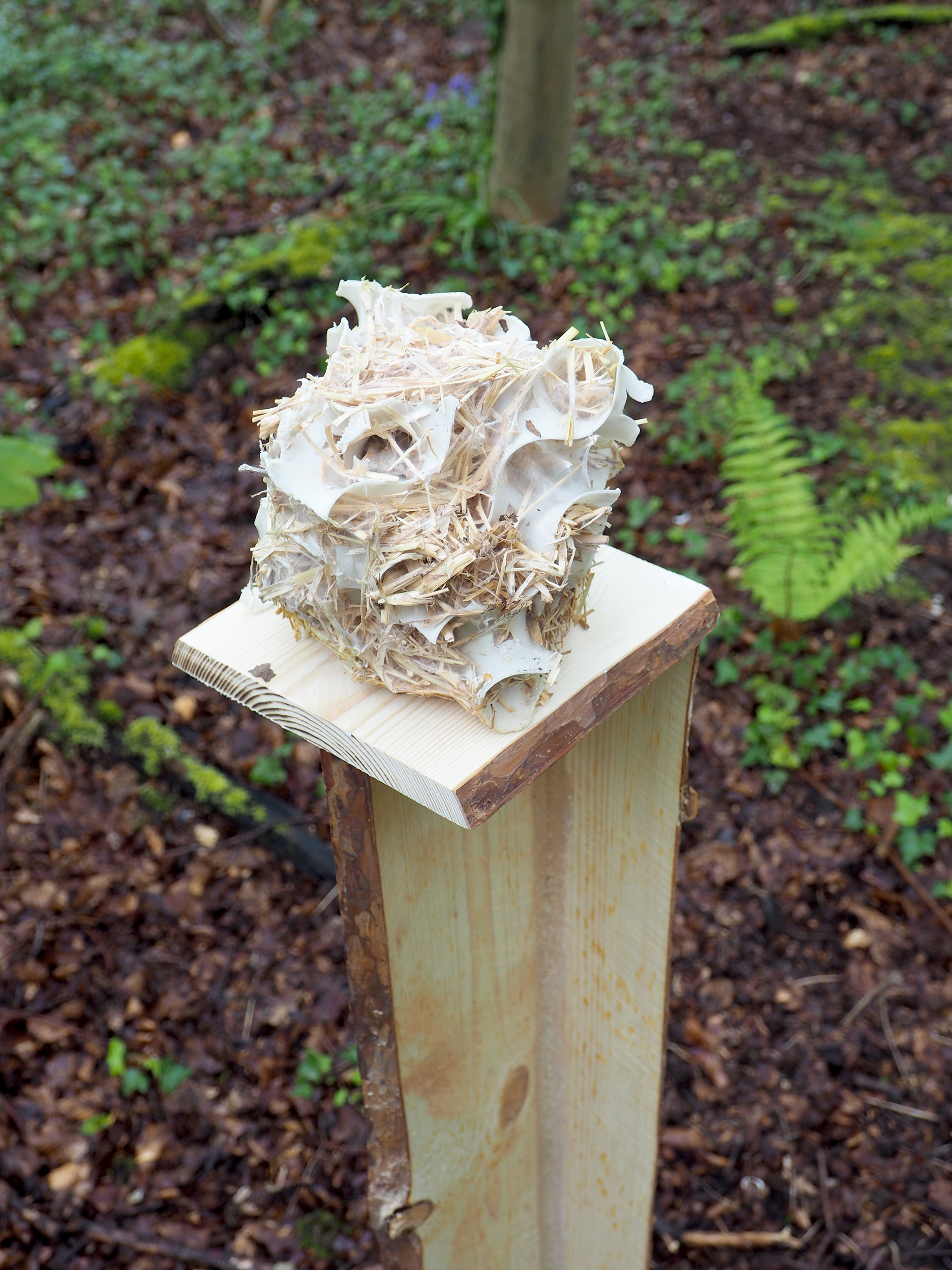
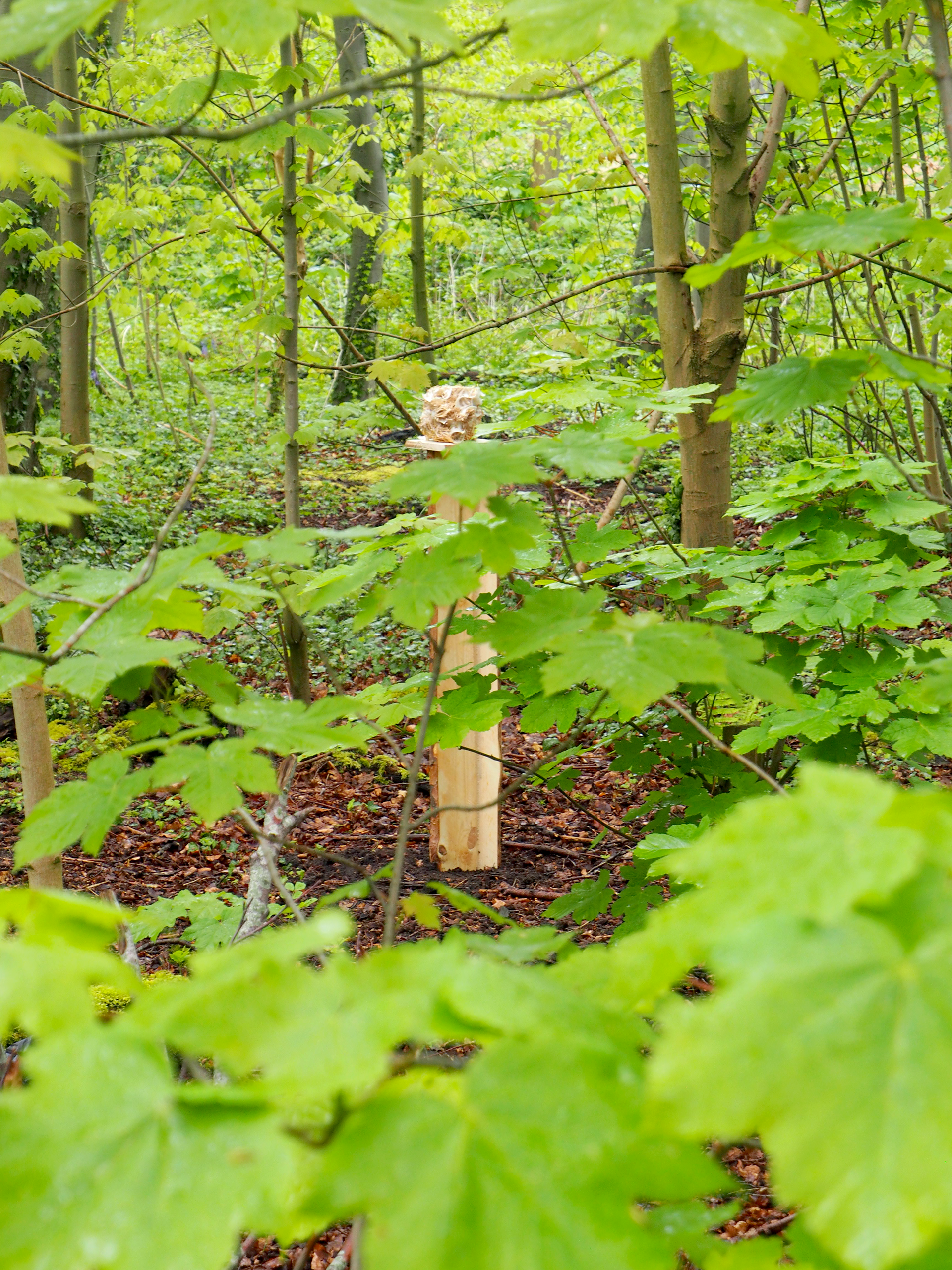

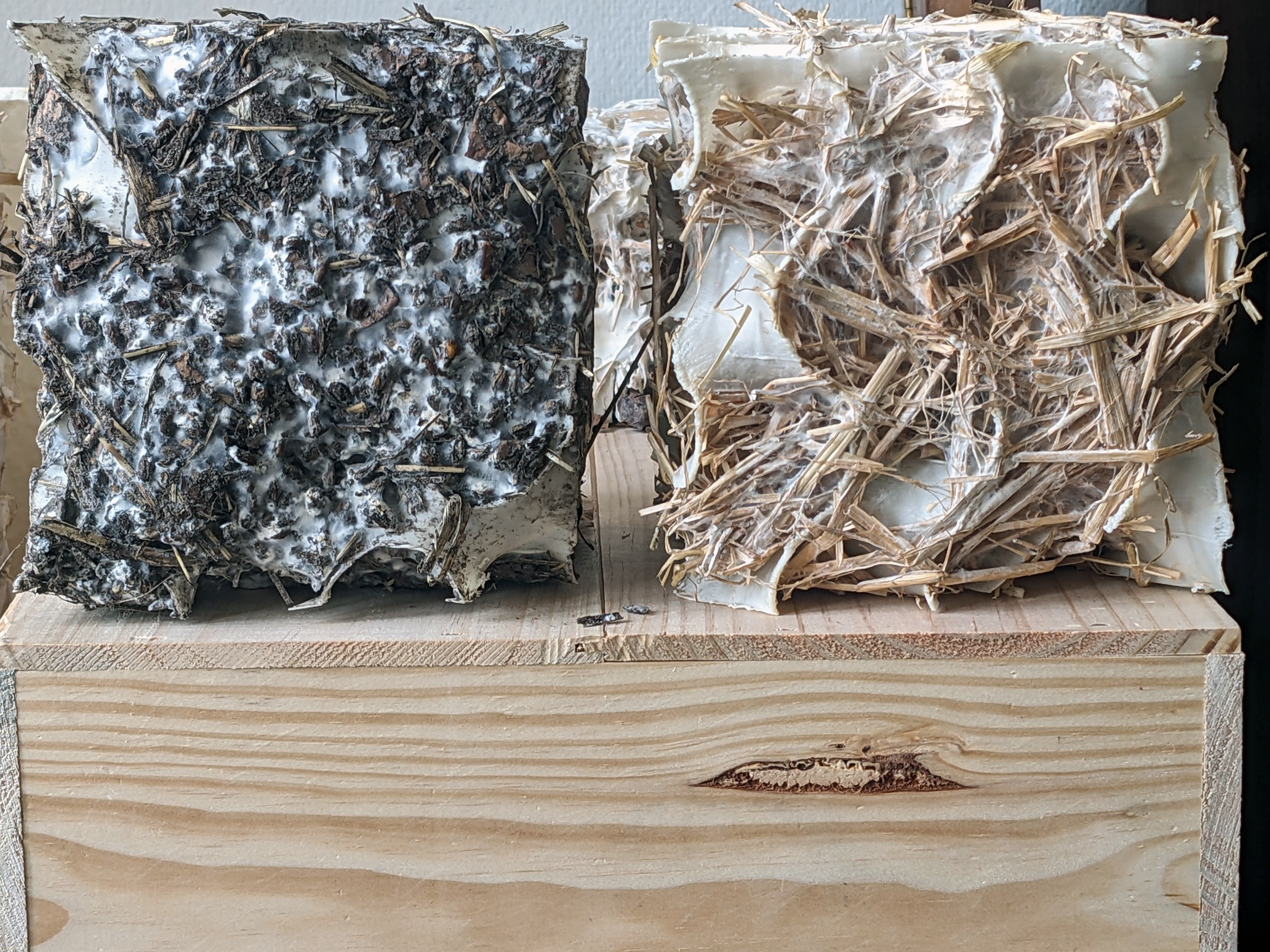
Lattice structure from compostable PHA (3d printed), overgrown by mycelium.